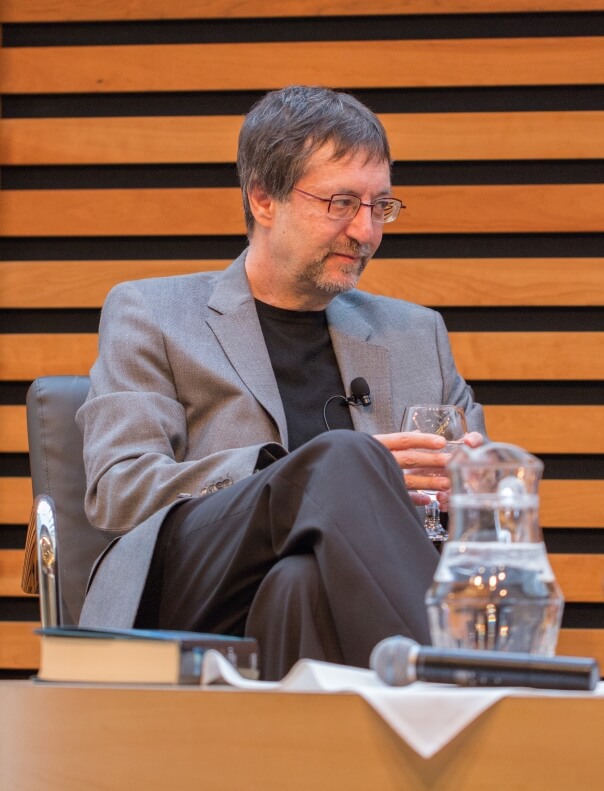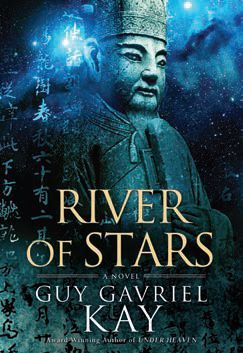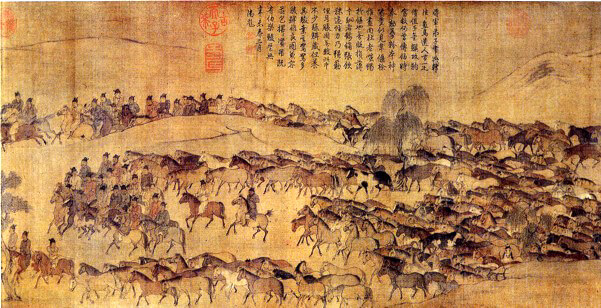In a fantastical medieval kingdom, an extraordinary girl aspires to more than a strategic marriage and many babies. Daughter of the king’s most trusted advisor, Aoife is drawn to maps.
“Wyl trusted you because of your work. You were a mapmaker. You had studied a navigable world in miniature, hadn’t you? But you followed more than land. You looked to the skies, the stars, the movement of birds.”
– The Mapmaker’s War by Ronlyn Domingue
In a fantastical medieval kingdom, an extraordinary girl aspires to more than a strategic marriage and many babies. Daughter of the king’s most trusted advisor, Aoife (pronounced “Ee-fah”) is drawn to maps. From an early age she notices things like the geometry of spiderwebs, the planes and angles that make up the world around her. She becomes apprentice to the kingdom’s mapmaker and then succeeds him, with the help of her father and of Wyl, crown prince of the realm and childhood friend. While mapping the river that forms one of the kingdom’s borders, Aoife crosses to the other side and discovers a settlement unlike any she has ever known before: a people, a way of life, and a mythology that are truly magical.
But her discovery, and the rumours she brings back of great wealth guarded by a dragon, sparks a war. She follows Wyl , who wants more than just friendship from her, on his quest to find the dragon, while insidious younger prince Raef accelerates hostilities. Aoife finds herself with a burgeoning allegiance to the people across the river, known as Guardians. Soon her life is torn in two and she must begin again, leaving behind her family, her children, and her kingdom.
For all that I found charming and original in this book, I was also frustrated throughout. Continue reading “Lines and linkages: a review of The Mapmaker’s War by Ronlyn Domingue”




